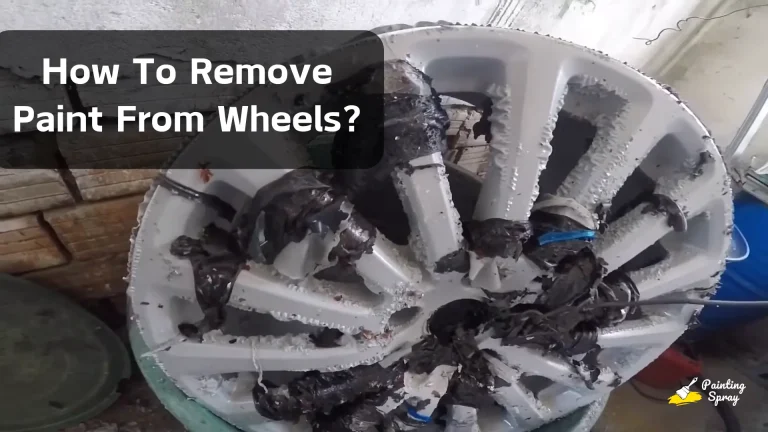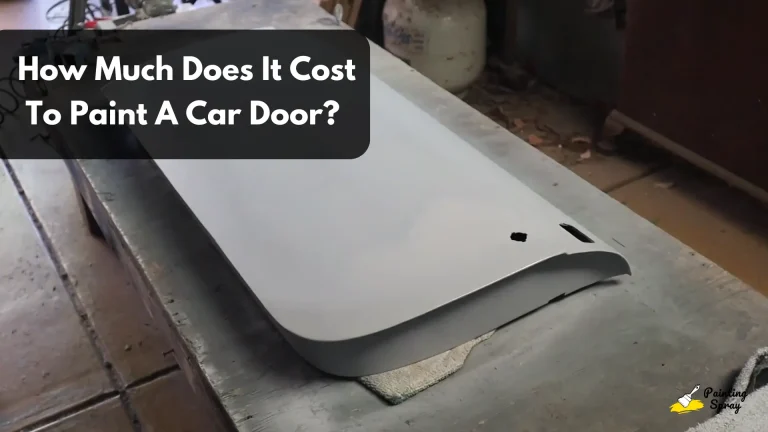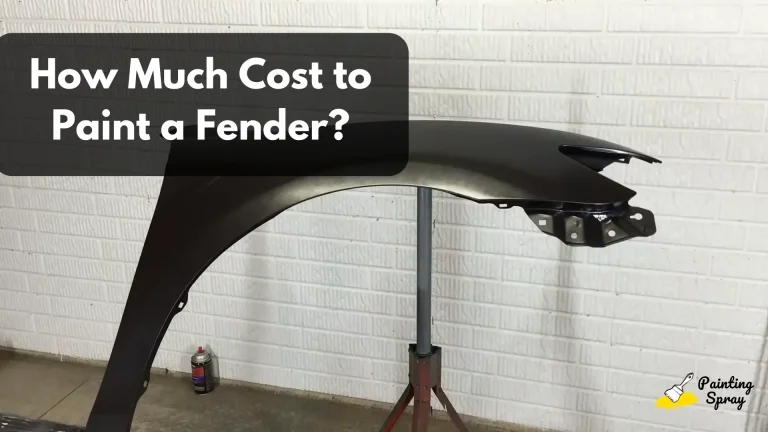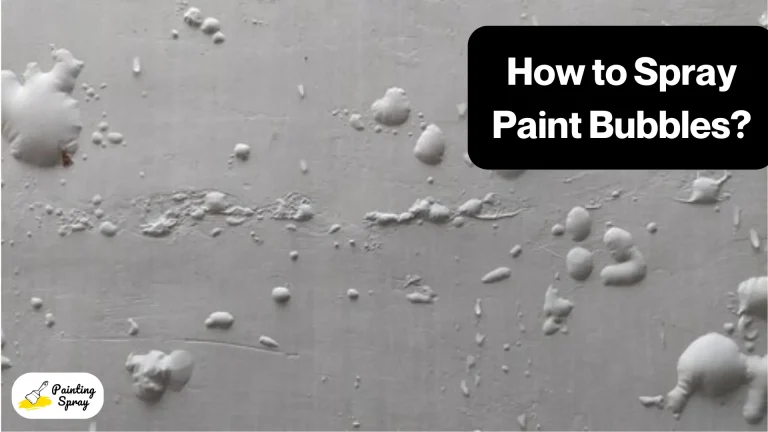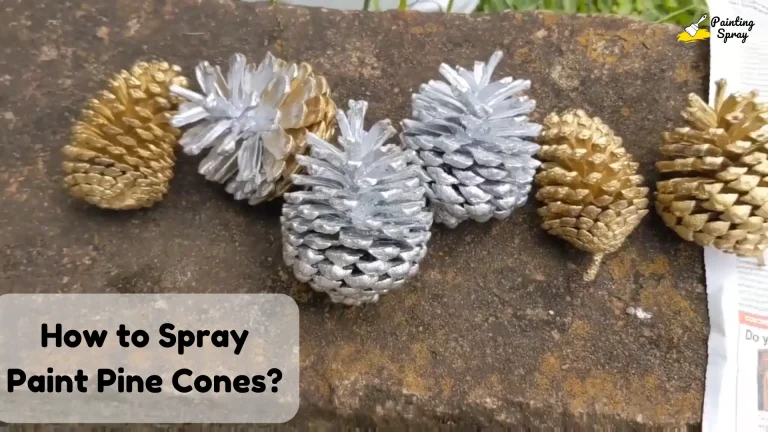How Much Cost to Paint a Guitar? A Comprehensive Breakdown of Pricing Factors

When considering a paint job for your guitar, it’s important to know what to expect in terms of costs. A guitar refinish can start around $200 for a basic body job, while a custom paint job might set you back $600 or more. Factors like the type of finish and the level of labor involved can make a big difference in the final price.
Whether you’re looking for a solid color or something more complex, understanding these aspects will help you make an informed choice.
Before diving into a paint job, it’s essential to prepare your guitar properly. This process includes stripping the old finish and ensuring the surface is ready for paint. The more intensive the preparation, the higher the cost will be.
A professional will typically charge for both labor and materials, which can add up quickly.
In this article, you’ll find a breakdown of the various costs associated with painting your guitar, from the initial prep work to the final touches. Whether you want to personalize your instrument or restore its original look, knowing the financial side of guitar refinishing will guide you through the process.
Key Takeaways
- Basic guitar refinishing starts at around $200.
- Custom paint jobs can exceed $600 depending on complexity.
- Proper preparation is key to achieving a quality paint finish.
Understanding Guitar Finishes and Materials
Guitar finishes and materials play a crucial role in defining the look and durability of your instrument. Choosing the right type of finish and materials can impact both aesthetics and sound quality.
Types of Guitar Finishes
There are several types of finishes used on guitars. Here are a few common options:
- Nitrocellulose Lacquer: This traditional finish provides a thin coating that allows for better sound resonance. It ages beautifully but requires careful handling.
- Polyurethane: This is a more modern finish known for its durability. It offers good protection against scratches and environmental factors but might alter the sound slightly.
- Matte Finish: This type gives a more understated look and feels smooth to the touch. It can hide fingerprints well but may not protect as effectively as glossier options.
- Glossy Finish: A glossy finish offers a vibrant look that enhances colors. It is more susceptible to scratches but is easier to clean.
Selecting the Right Materials
When refinishing a guitar, selecting the right materials is essential. Consider the following components:
- Primer: Used to prepare the surface and ensure good adhesion for subsequent layers.
- Grain Fill: If your guitar has an open grain, using a grain fill will create a smooth surface before applying the finish.
- Base Coat: This is the first layer of color applied, which can affect the final appearance.
- Clear Coat Finish: This top layer protects the underlying paint and can come in both gloss and matte options.
Choosing high-quality materials will ensure a long-lasting finish that not only looks great but also enhances the sound of your guitar.
Preparation and Painting Process
To achieve a great finish when painting your guitar, you need to follow specific steps. This involves carefully disassembling the guitar, preparing the surface, and applying the right layers of paint and clear coat. Each step is crucial for a professional-looking result.
Disassembly and Sanding
Start by disassembling your guitar. Remove the strings, pickguard, and hardware to prevent damage during painting. Use masking tape to cover areas you don’t want to paint, like pickups and fretboards.
Next, sand the entire surface using sandpaper. You can start with coarse grit (around 200) and gradually move to finer grits (up to 600). This process smooths out imperfections and helps the paint adhere better. An orbital sander can speed up the job while ensuring an even surface. After sanding, wipe down the guitar with a tack cloth to remove dust and debris.
Applying Primer and Paint
Applying primer is essential before painting. Choose a high-quality primer designed for wood or plastic. Spray the primer in even coats, allowing sufficient drying time between layers. This step enhances adhesion for the paint.
Once the primer is dry, you can apply your paint. Use spray paint for a smoother application. Hold the can about 12 inches from the surface and spray in light, even strokes. Apply several thin coats rather than one thick coat.
Allow each coat to dry before adding the next. A well-ventilated space is crucial for safe and effective painting.
Finishing Touches
After the paint has completely dried, you should apply a clear coat for protection. Use a clear spray topcoat to protect your paint job from scratches and fading. Apply it in the same manner as your paint, using multiple thin layers.
Once the clear coat has dried, polish the surface for a shiny finish. Use a guitar polish and a soft cloth to buff out any imperfections. Finally, carefully reassemble your guitar, ensuring everything is securely attached. Take your time with each step for the best results.
Cost Considerations for Guitar Painting
When deciding to paint your guitar, several cost factors play a significant role. You need to think about the labor involved, the materials required, and how complex the custom work might be. Understanding these aspects will help you get a clearer idea of the total expense.
Labor and Time Investment
Labor costs are a major part of guitar painting. Professional services can charge between $200 and $600 based on the complexity of the job. This includes prep work, painting, and finishing.
An experienced painter takes time to ensure quality. Simple jobs might take a few hours, while intricate designs, like flake finishes or crackle effects, may require several days. Remember, detailed work often means a higher price due to the skill involved.
Material Expenses
Materials can significantly affect your total costs. Basic painting materials might only be $50 to $60, including paint and clear coats. However, premium materials can increase your expenses.
For instance, specialized paints for swirl finishes or unique accents often cost more. If you’re refinishing a vintage guitar, the right supplies are essential for preserving its value. Always consider the quality of materials as they impact the durability and appearance of your finish.
Custom Work and Complexity
Custom paint jobs are another factor that affects price. A simple one-color finish is usually the least expensive option. However, custom designs with details like swirls, flames, or unique patterns can push costs upwards of $600 or more.
More complex projects take longer and require expert skills. These jobs may include techniques like crackle finishes or matte vs. gloss finishes. Understanding your desired look will help you budget appropriately and choose the right professional for the job.
Reassembly and Post-Paint Care
After painting your guitar, it’s time to reassemble. Make sure the paint is fully cured before starting this process. This can take several days, depending on the paint type and humidity levels.
- Guitar Neck: Reattach the neck carefully. If you have a set neck guitar, ensure it aligns properly. For bolt-on necks, secure each bolt without overtightening.
- Pickguard: If you have a pickguard, reinstall it next. Make sure it fits snugly against the body to avoid any gaps.
- Electronics: For electric guitars, reconnect the wiring and components. Double-check connections to prevent any issues when you plug in.
- Humidity Control: Be aware of humidity levels while your guitar is drying. High humidity can lead to issues like swelling or warping, especially in acoustic guitars. Keep your guitar in an environment with controlled humidity.
- Finish Inspection: Before playing, inspect the finish for any stains or imperfections that may have occurred during the reassembly. Lightly sand and touch up if necessary.
- Final Setup: Adjust the action, intonation, and tuning. This ensures your guitar plays well after the refinishing.
By following these steps, you can ensure your guitar is ready to go and looks great after the paint job.


